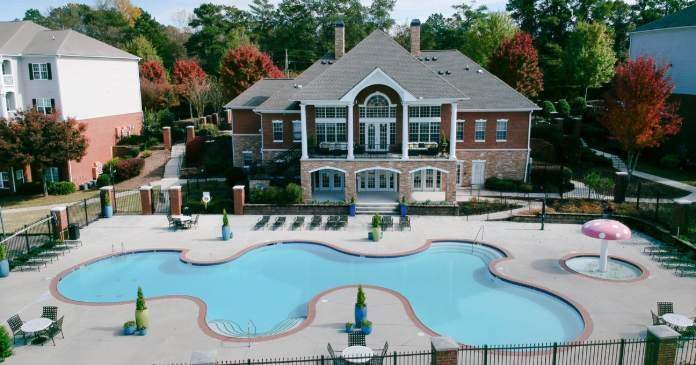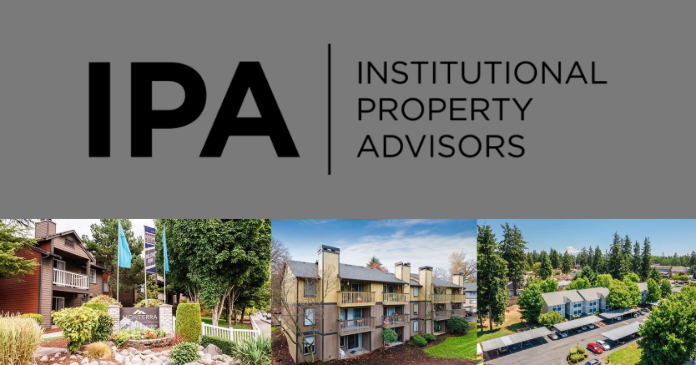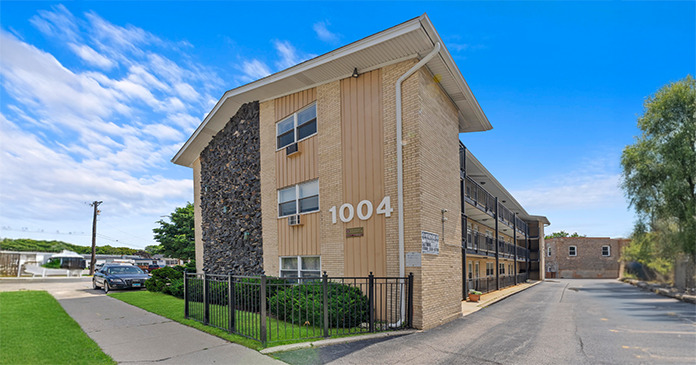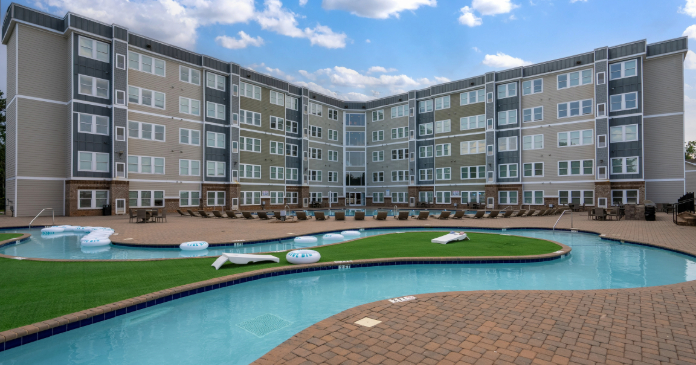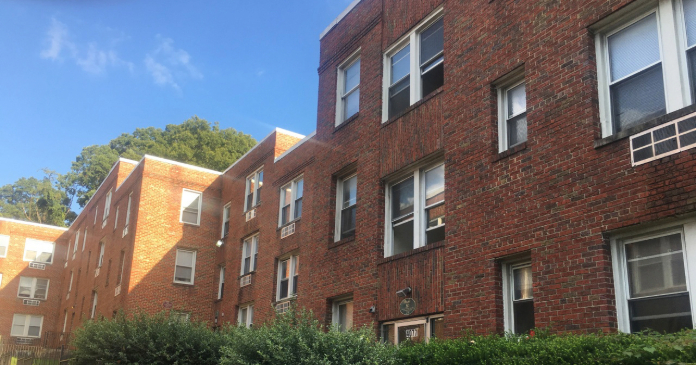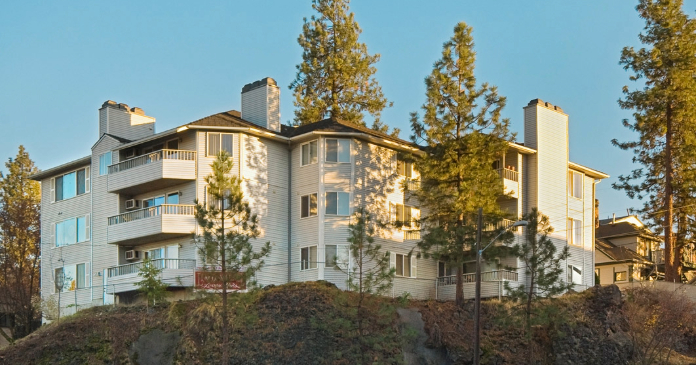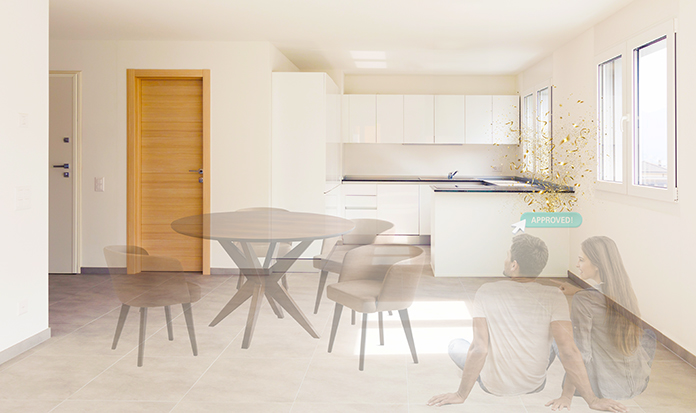
Revolutionary technologies adopted during the pandemic are becoming standard in the multifamily industry.
Technologies that property managers rushed to implement during COVID are now part of their everyday lives.
Prospective apartment renters can take self-guided tours at a majority of institutional-quality properties, according to the 2023 Customer Experience (CX) Tech Survey Report by the National Multifamily Housing Council (NMHC) and consultant RealFoundations.
 Other technologies are even more common, like customer relationship management (CRM) systems that store and coordinate the use of customer data, and artificial intelligence (AI) chatbots that can answer basic questions. AI technology is also improving and some experimental chatbots may soon be allowed to improvise small talk that sounds natural—hopefully without saying anything too surprising or breaking Fair Housing Law.
Other technologies are even more common, like customer relationship management (CRM) systems that store and coordinate the use of customer data, and artificial intelligence (AI) chatbots that can answer basic questions. AI technology is also improving and some experimental chatbots may soon be allowed to improvise small talk that sounds natural—hopefully without saying anything too surprising or breaking Fair Housing Law.
These technologies made it possible for potential renters to find a new home when leasing offices across the country were closed. That convenience is still available with the pandemic in the rearview mirror.
They may now help solve a nationwide shortage of workers by allowing leasing agents and property managers to do their jobs from anywhere.
“All this stuff was envisioned a couple of years ago,” said John Helm, partner and managing director at RET Ventures, a Utah-based prop tech company. “The big difference is it is being used across the multifamily sector and it’s actually working.”
Manage a swarm of solutions
It’s easy to feel overwhelmed by all the systems and gizmos available to the industry. “It’s like managing chaos—there are so many technologies out there,” said Kristy Simonette, Senior VP of Strategic Services and CIO at Camden Property Trust.
More than three-quarters (78 percent) of apartment operators are using more than ten customer journey applications, while 43 percent are using more than 20, according to NMHC’s report.
NMHC compiled the report by surveying 40 apartment companies with more than 2.2 million units under management. The respondents ranged from firms with less than 10,000 units to firms with more than 60,000.
“It feels like there is a technology product for every issue or procedure we encounter in the property management industry,” said Brennen Degner, managing partner and CEO of DB Capital Management, based in Littleton, Colo.
Technology that helps property managers lease apartments have become standard at institutional-quality properties. Ninety-five percent offer virtual tours of units and/or floor plans and provide online portals where potential renters can apply for a lease.
According to the NMHC report, 88 percent of managers allow residents to schedule property tours online, 78 percent provide automated applicant screening and 73 percent offer self-guided tours.
During COVID, while millions of Americans sheltered in place, renters continued to move to new apartments, especially at the beginning of the pandemic.
“The pandemic was a huge catalyst for rapid technological adoption in the property management industry,” said Jackie Impellitier, VP of operations at ZRS Management.
Los Angeles-based Decron Properties planned to initiate self-guided tours at their properties before 2020, but when the pandemic struck, they sped up their plans. Rather than investing in a tech solution, the company used paper maps, open models and electronic locks to support self-guided tours and a CRM system to gauge customer interest.
The vast majority (89 percent) of institutional apartments managers now use CRM systems that manage interactions with customers by storing information, optimizing sales and marketing and automating outreach throughout the renter journey, according to the NMHC report.
“CRM and online leasing functionalities are becoming standard tools for many operators,” said Angela L. Kleiman, president and CEO at Essex Property Trust.
Essex began using a CRM system by Funnel Leasing during COVID. “It generated a return on investment of more than 15 percent,” says Kleiman. “Since then, we’ve expanded our relationship to full-suite, online leasing.”
According to Seattle-based apartment management company Blanton Turner, potential renters can use Funnel Leasing’s technology to start and submit a lease application in less than five minutes.
“The fastest we’ve seen is three minutes,” said Funnel Leasing CEO Tyler Christiansen. “That’s transformational.”
Potential renters previously spent more than an hour applying for a lease, either in person in a leasing office or by submitting documentation like paystubs through emails online. Blanton Turner uses the new Funnel technology to get ahead of the competition.
Apartment searchers typically apply at more than one property during their search.
“If someone can apply at my apartment community in three minutes, I’m more likely to get that renter,” says Christiansen. “While they’re waiting for the other response, I’ve already said, ‘Hey, you’re approved!’”
Moreover, integration between applications are improving.
“What’s key is being able to integrate all those applications into a frictionless experience,” says Hope Dunleavy, enterprise managing consultant for RealFoundations.
It helps that major property management software providers are willing to allow technologies created by third-party software providers to integrate with their systems.
“Compared to 15 years ago, the property management software companies that we partner with have given us much more flexibility,” said Simonette. “Integrations are a reality.”
Chatbots struggle to sound human
The pandemic saw the rise of virtual leasing assistants—also known as “chatbots.”
Three-quarters of the companies surveyed by NMHC said they use virtual leasing assistants, although not many non-institutional landlords have adopted the tech.
“The number one complaint we get from both renters and agents when they look at (chatbot) transcripts is it’s still not conversational enough,” said Christiansen.
Even so, Funnel’s chatbots are used at communities totaling more than a million units. Christiansen hopes his company will serve many times that number but, “It needs to be easier to use… so far, it can’t do small talk right.”
Chatbots work by using an artificial intelligence (AI) system like Chat GPT to understand and respond to questions asked by potential residents. Because AI sometimes invents incorrect or outrageous information, many are kept on a tight leash. Funnel’s chatbots can only respond to questions with scripted responses prepared by the property management company. Any question that goes off script is immediately referred to a human.
Funnel is experimenting with a handful of its customers to allow their chatbots to answer more freely on certain subjects—like the weather. Other topics, like facts about the rental community or questions relevant to Fair Housing Law, will still be carefully scripted.
“Previous chatbots answered a selection of questions. Now they have the ability to answer a wider range of questions and do more,” said Jerry Perezchica, director of marketing for Decron Properties.
The new buzzword is centralization
A number of apartment companies are enjoying cost savings, adding incremental revenue and operating with greater efficiency by centralizing their leasing and property management operations.
These companies have already implemented a full suite of leasing and property management technologies that allow prospective renters to work with a central leasing staff and leasing systems across a portfolio of apartment communities under the same company umbrella.
A prospective renter might begin by visiting the company’s website and starting a conversation with an automated leasing assistant. The prospect might schedule a tour at any one of the company’s properties. The chat might continue with a human leasing assistant once the prospect asks a question the chatbot can’t answer. The human leasing assistant might work at a central office for the apartment company, or at an individual property, or they might work remotely from their own home.
“There are real cost savings in doing that,” says Funnel’s Christiansen.
Apartment REIT UDR has reduced its leasing staff by 40 percent through self-guided tours and centralized CRM, according to the REIT’s latest earnings reports. Ninety-nine percent of prospective renters interested in renting at a UDR community take self-guided tours.
Camden has cited $4 million in annualized savings by moving to cross-property operations.
But most apartment companies aren’t firing staff as they centralize their operations. Since COVID, the industry is struggling to find and retain qualified leasing agents and other apartment professionals.
Centralization can help apartment companies keep talented staff on the payroll by giving them more flexibility.
“An individual wanting to go back to school or have a family could work remotely,” said Kevin Owens, executive vice president at Lessen.. “Those opportunities are going to be a big part of the centralization process.”
AI makes better, cheaper virtual tours
Creating virtual tours is becoming a less expensive endeavor for apartment companies.
The tours are based on three-dimensional models of apartments that can be virtually staged. Prospects can explore them online as if they are playing a video game.
To create such a rendering, multifamily companies once needed an expert to visit their apartments with a specialized 360-degree camera that could measure every surface using a laser technology called LiDAR.
Today, AI and software can create an accurate, three-dimensional rendering using images taken with a good quality smartphone camera.
AI identifies correlations and patterns in data and fits new information into that pattern. It identifies the shape of an apartment unit from a set of two-dimensional photos and fills in the gaps to make a 3-D rendering.
“Your own property team can take the photos,” says Christopher Yip, partner and managing director at RET Ventures. “You don’t have to have a specialized photographer come.”
Better digital maps of apartment properties can also help apartment owners set prices more effectively, because they include a wealth of information, from the exact size, layout and location of a unit to the quality of any view the unit might afford.
Eventually, all the information from these maps is searchable by listing services like Apartments.com.




